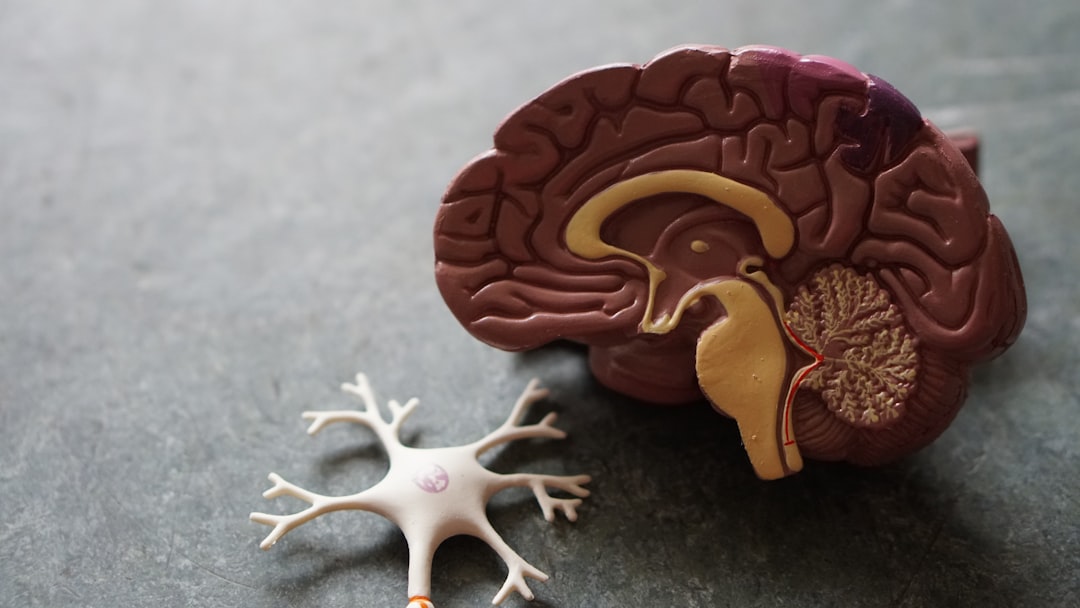What is it about?
This text talks about how artificial intelligence (AI) is being used to help doctors communicate better when treating patients with a serious type of stroke called a large-vessel occlusion (LVO). The AI program can quickly show doctors important images of the brain, allowing them to make faster decisions about treatment.
Featured Image

Photo by Igor Omilaev on Unsplash
Why is it important?
When someone has an LVO, every minute counts in getting the right treatment. By using AI to improve communication between doctors, nurses, and other healthcare providers, patients can receive faster and more effective care. This can lead to better outcomes for patients with LVOs, helping them recover more quickly and with fewer complications. Key Takeaways: •AI technology is helping doctors and healthcare teams work together more efficiently in treating stroke patients. •The AI program allows quick sharing of important brain images, leading to faster treatment decisions. •Improved communication through AI can result in better patient outcomes and recovery. •Using AI in stroke care can revolutionize how quickly and effectively patients are treated. •Faster communication and decision-making with AI can save lives and improve quality of care for stroke patients. [Some of the content on this page has been created by AI]
Read the Original
This page is a summary of: How an artificial intelligence application is changing communication in acute stroke intervention, Journal of Neurosurgery, March 2023, Journal of Neurosurgery Publishing Group (JNSPG),
DOI: 10.3171/2023.2.jns23226.
You can read the full text:
Contributors
The following have contributed to this page










